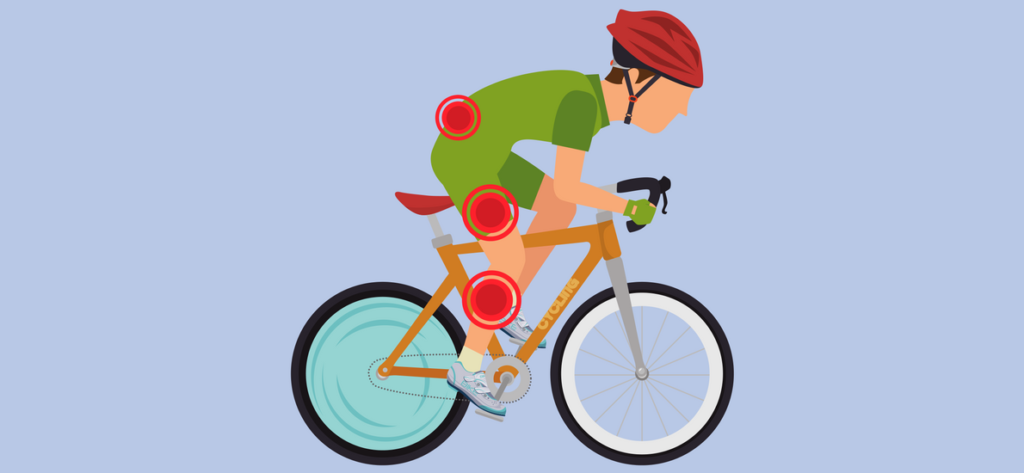Whether you have rolled your ankle, broken a rib or torn a ligament, your body goes through the same painful and uncomfortable process to repair itself.
We sat down with Nick Marshall from Surf Life Physio in Miami, QLD earlier this month to get a better understanding of the recovery journey. Nick has over 17 years' experience as a physiotherapist, having practised both privately for his own practice Surf Life Physio and as a senior outpatient physio for Tweed Heads Hospital.
This article continues our injury recovery series. If you missed the first article on the inflammation stage, read it here.
Nick gives his insights on the next two weeks of an injury and provides tips on how best to manage this stage.
Keep an eye out for the next article on what happens after the first 2-3 weeks and for Nick's advice on how to speed up the recovery process, next month as well.
What is the Proliferation phase?
The proliferation phase occurs following the inflammatory phase.
Just to remind you, in our analogy of a house fire, the inflammatory phase is like our emergency services who, put out the fire, cordon off areas and stop an area being touched or moved.
The proliferation phase commences after about 3-4 days post injury.
This phase is the beginning of the rebuild. In our analogy, it is the phase where you contact the insurance company and builders to start the process of the rebuild.
Insurance Company
Much like the insurance company will (hopefully) provide resources to help rebuild the damaged house, your body will maintain increased blood flow to bring cells called fibroblasts and other nutrients required fro repair. These cells are essential to starting the process of rebuilding the damages muscular, skin or bone tissue. Fibroblasts provide the structural framework of collagen for new cells to develop.
Builders
Collagen cells are like our body's builders. They are deposited into the injured area to re-build all ligaments, tendons and muscle tissue. This new tissue is commonly called 'scar tissue'.
At this stage your body doesn’t lay the collagen down is a neatly fashion. Instead, the collagen strands runs in all kinds of directions. This leaves the tissue weak and more susceptible to further injuries.
How long did this stage last for?
The proliferation phase commences around 3-4 days post-injury and then lasts until 21 days after the injury or about 2 weeks.
How would an injury feel in this stage?
The biggest difference between this phase and the inflammatory phase is that the injury is no longer sore at rest. It will be sore and restricted with movement and activity. But inflammation is characterised by constant pain without movement.
At this stage the pain should be much less, swelling should have reduced and bruises become darker.
What is the best treatment plan for this stage of someone's recovery?
This phase is about stimulating the blood flow to the area so the collagen and elastin forms and matures into its normal shape.
The body’s cells arrange themselves in a way so that they are best designed to resist future load and prevent damage. It’s in this phase that those early building blocks of the ligaments, tendons and muscles can be designed to reduce the risk of re-injury.
You should be aiming for controlled movement.
Should you see a physio during this middle phase?
This would be the most important area to see a physio.
As the injury is no longer sore all the time there is a tendency to get moving too soon. If your movement is not guided properly then a large amount of injuries develop scar tissue which leads to inelastic tissue and a very real cause of future re-injury.
It is also this phase where far too many people grit their teeth and get back to do normal activity. But unfortunately doing that in an inappropriate way during this phase can cause the injury to relapse into the inflammatory phase and stall healing.
Thanks Nick.
If you missed Nick's last article on the Stage 1 of injury recovery, click the link below. It's well worth the read.
Stay tuned next month for Nick's interview on the final stage of the recovery process in February.
In the meantime, if you have any questions regarding these tips, injury recovery or other health issues please do not hesitate to contact Nick and his team at Surf Life Physio on (07) 5527 7830 or click the button below.

















